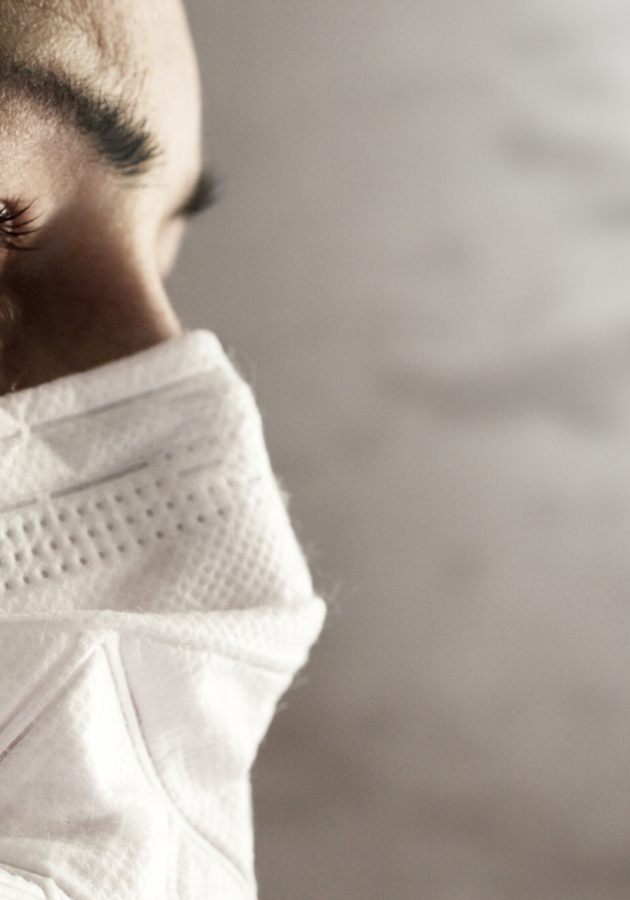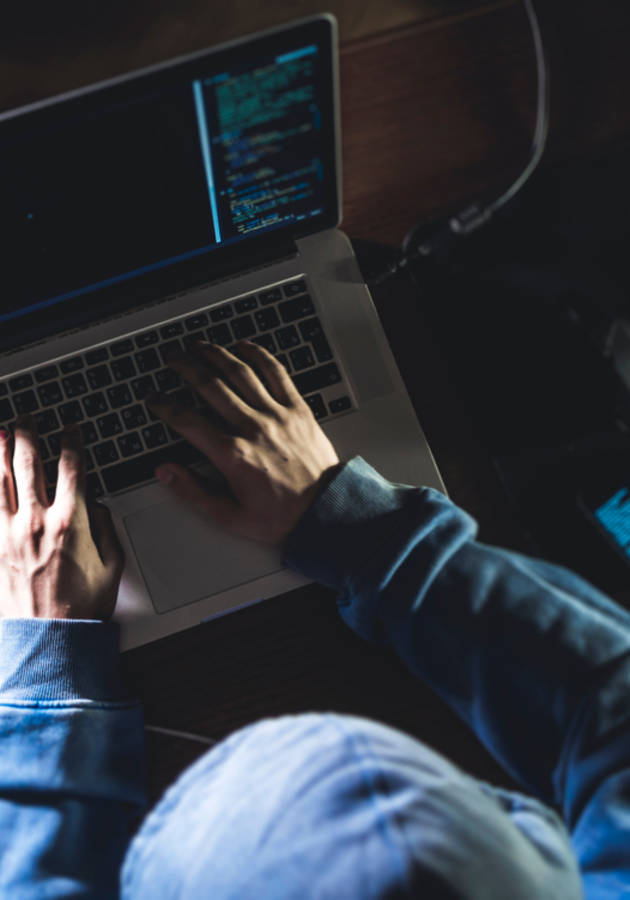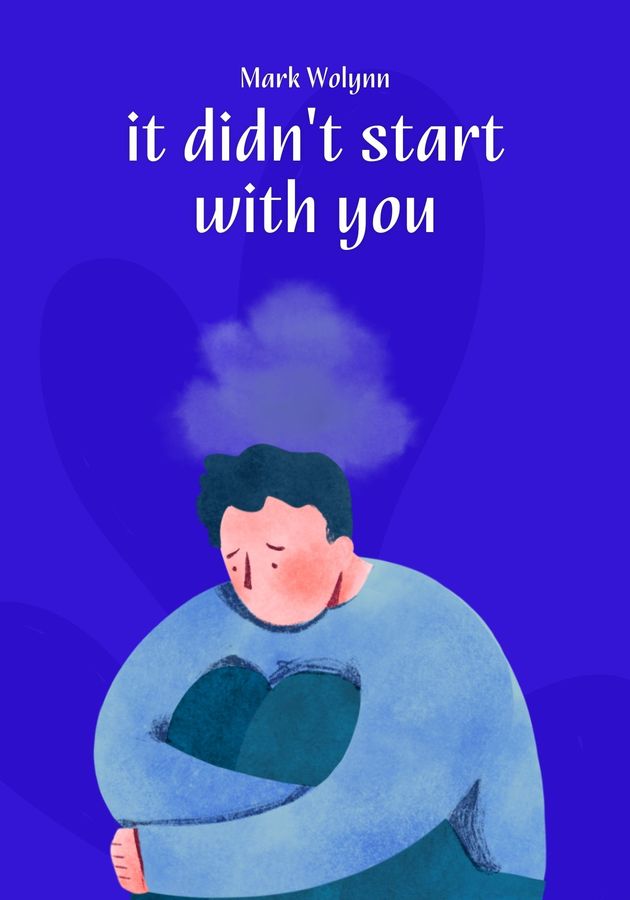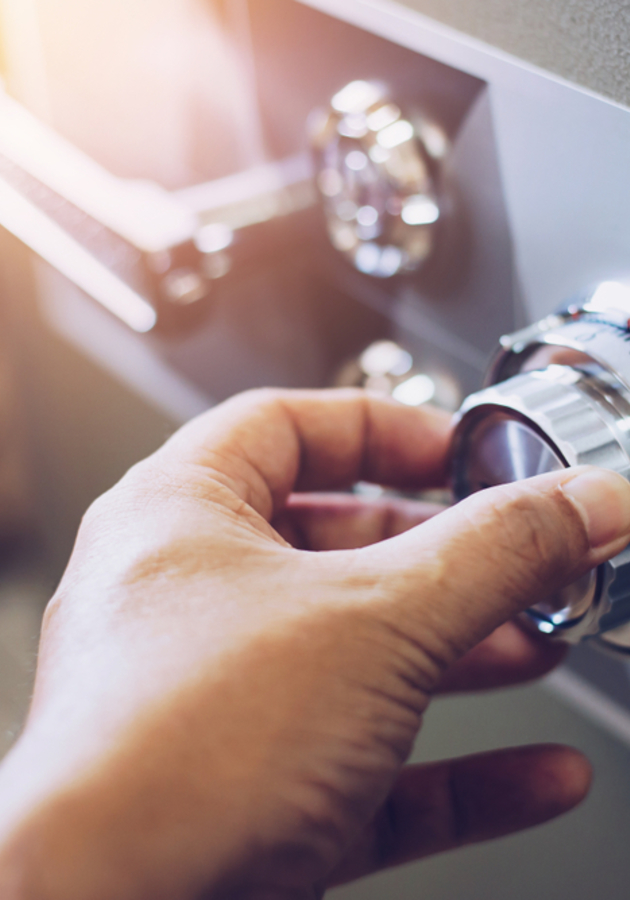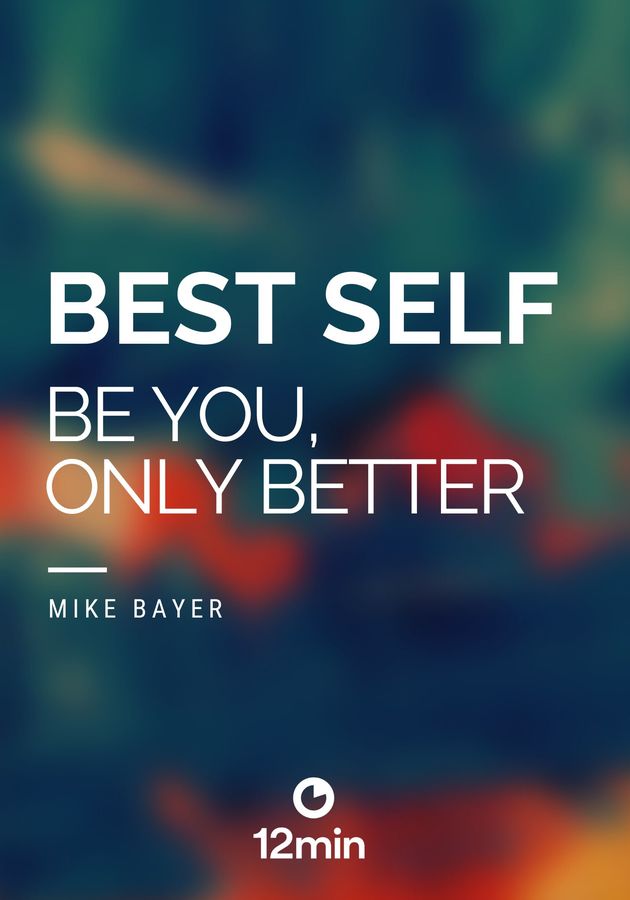In October 2019—before anyone was aware of the outbreak of the new Coronavirus—the Nuclear Threat Initiative, partnered with Johns Hopkins and The Economist Intelligence Unit, ranked all the world’s countries in order of their readiness for a pandemic. The United States took first place on their list as the country prepared for a pandemic the most. Not even a year later, the U.S. served as an example for the rest of the world of a country whose pandemic response went wrong.
‘’The Premonition’’ by Michael Lewis explores why the U.S. failed to fulfill expectations and lost its battle against COVID-19. Essentially, it is about a group of brilliant minds who could have saved hundreds of thousands of lives but didn’t because they lacked permission from public health authorities. So, get ready to hear about the U.S. pandemic story!
A deputy health officer Charity Dean
When 35-year-old Charity Dean was offered a job as a deputy health officer in Santa Barbara County, everyone around her tried to talk her out of accepting it. The pay was three times lower than she could earn starting in private practices, and one of the job requirements was working in the county clinic where people with no health insurance went for treatment. However, after reading the document, “The Health Officers Authority in California” that described the job in detail, she decided to take the job. The particular part of the document that helped her decide stated, ‘’Each health officer knowing or having reason to believe that any case of the diseases made reportable by regulation of the department, or any other contagious, infectious or communicable disease exists, or has recently existed, within the territory under his or her jurisdiction, shall take measures as may be necessary to prevent the spread of the disease or occurrence of additional cases.''
People around Dean were amazed by her willingness to do stuff other health officers avoided. For instance, she spent plenty of time treating patients at the county clinic and homeless shelter. Furthermore, she did not ignore the cases of some diseases as other health officers would. A Hepatitis C case, for instance. When a woman who tested positive for this virus appeared at the clinic, Dean found the place where the virus entered the woman's bloodstream and tracked four other people who also got infected there. Furthermore, she discovered how they got the virus.
Unfortunately, not everyone was as willing to perform their duties as Dean was. One of the first things she learned after starting her career as a health officer was that The Centers for Disease Control (CDC) was not much of help. When Dean wanted to close the beauty clinic where people got Hepatitis C because the doctor used a single syringe on all five patients, the CDC told her to pretend she did not find out about this. Luckily, since she took her job of protecting public health seriously, Dean did not take their advice. On her insistence, the doctor responsible for infecting his patients lost his license to practice medicine and eventually closed his practice in Oregon.
‘‘If this is a real thing, the CDC will tell us.’’
Since she was in middle school, Dean has spent every minute of her free time learning about communicable diseases. She fantasized about going to West Africa to chase tropical disease, which certainly is not a usual fantasy of a child. Later in life, Dean developed a particular interest in the crisis a contagious disease might create in society. ‘’I was interested in horrific disease that swept across huge swaths of the population, who were powerless to stop it, and died these awful deaths,” she says. When, as a health officer, she faced overall authorities' indifference to protecting the community's health, Dean wondered what would happen in the case of an outbreak of infectious disease. Unfortunately, her fears came true in 2020, when the U.S. confirmed the first case of COVID-19.
In early January 2020, Charity started to follow the events in Wuhan. She wanted to know everything about the novel virus, such as its infection fatality rate, the incubation period, its R naught (the number of people to whom a single infected person can transmit the disease), so she could make predictions about how it might develop in California (at the time she was working as a health officer for the state of California). Using all the information at her disposal, Dean did the math and concluded that around 20 million Californians would have been infected, two million would have required hospitalization, and 100,000 of them would have died if by June the government did nothing to stop the virus spread. The so-called epi curve with two axes representing the number of infected people in relation to time she drew on her office whiteboard resembled a giant wave.
When Dean brought the subject up to her boss Sonia Angell, she wasn’t quite ready for the pessimistic predictions. ‘‘If this is a real thing, the CDC will tell us,’’ Angell told her. The CDC, however, was typically ignorant of the whole matter claiming that the risk to the American people was pretty low. Charity felt desperate. “I was the lone person in state public health who was saying this is a pandemic,” she said. “I wasn’t talking to anyone else. I had no validation that I wasn’t a crazy person.’’
The secret society
Dean wasn’t the only one on alert for the newest information about the coronavirus. In January 2020, a group of seven doctors, including Rajeev Venkayya, Duane Caneva, James Lawler, Richard Hatchett, Carter Mecher, Matt Hepburn, and Dave Marcozzi, gathered to discuss what they know about the new disease infecting people in Wuhan. For more than a decade, these doctors, who call themselves Wolverines, worked together in times of biological threats to figure out what was going on and what they might do to save lives. ‘’They might be mistaken for a secret society,’’ Lewis writes, ‘’if the person at the center were not so insistently happy to share his thoughts with anyone who asked.’’ If anyone had asked any of the Wolverines about the situation in Wuhan, they would have said that it was much larger than it initially appeared.
According to the data about the number of cases, hospitalizations, and deaths in China, doctors from the group concluded the authorities must immediately take measures to prevent the Chinese scenario from happening in the U.S. However, since at the time there were only several cases of people with COVID-19 in the U.S, the CDC denied the size of the problem. To doctors' surprise, the CDC did not even plan to test citizens arriving from Wuhan unless they had a fever.
When the White House invited Duane to discuss what could be done about the outbreak in Wuhan at the National Security Council meetings, he realized that ‘’Carter Mecher, sitting at a desk in his bedroom in Atlanta, was creating a clearer view of a virus in China than anyone in the United States Government.’’ It soon became clear to him and the rest of the group that they could not rely on the government to save the American people from the virus. Therefore, they decided to act through public officials in states—and Duane knew precisely who he should call first. The person he thought was able to ‘’grab hold of an entire state and turn it into an example that might lead the nation”: Dr. Charity Dean.
Wolverines and the Wolverette
At the beginning of February, Duane called Dean to ask her to join the Wolverine’s phone meetings during which they discussed the ways to run the country’s pandemic response. He explained they were a small, informal, almost secret group of medical experts who tried to coordinate the Coronavirus pandemic without the permission of the White House.
After joining the Wolverines, inspired by their work, Dean found the bravery to fight for the American people as best as she could. First, she decided she would ignore her boss’s instructions and do what she thought was right. After all, Angell forbade Dean to use the word ‘’pandemic’’ and made her erase the epi-curve from her whiteboard. Next, Dean began meeting local California health officers privately to instruct them on what they might do to compensate for the lack of action by the federal and state governments. ‘’She thought they should use their labs to create their own COVID-19 tests, for instance, and make their own decisions about how to use them,’’ Lewis writes.
On March 6, Gavin Newsom organized a meeting for the state’s top officials to discuss the Coronavirus. Although Angell was supposed to give the briefing to the governor, something came up at the last minute, and she asked Dean to replace her. Several days after the meeting, impressed by her briefing, Mark Ghilarducci, a person in charge of California’s emergency services, asked Dean to supervise the unloading of a cruise ship overrun by COVID-19, the Grand Princess in Oakland. There, Dean had a meeting with Governor Newsom's advisers. A few days later, Mark Ghaly, secretary of California’s Health and Human Services Agency, called Dean to tell her she no longer needed to obey Angell’s commands. From then on, she would report directly to him. On March 19, Governor Newsom issued the country’s first statewide stay-at-home order.
Try getting all the equipment by yourself
One evening in March, Governor Newsom called Joe DeRisi to ask him about the best things he, as a governor of California, could do to respond to the new Coronavirus. “I said number one was testing,” recalled DeRisi. “Because if there is no testing, there isn’t even the possibility of a solution.” Unfortunately, this answer was not of any use to the Governor back then because the CDC still hadn’t created a test for COVID-19 that might be mass-produced and distributed across the country. In addition, people had to wait 10 days for the results, which was unacceptable considering the situation. Therefore, DeRisi decided it would be best to transform the research institution he led, Biohub, into a COVID-19 testing center as quickly as possible and publish a paper to show others how to do it.
On March 18, only eight days after DeRisi’s decision, the Chan Zuckerberg Biohub’s new COVID-19 lab opened for business. ‘’It had taken Joe’s new team two days less to build an entire lab than it was then taking Quest Diagnostics and Labcorp to process,’’ Lewis notes. Biohub, with around 200 scientists, was able to process 2,666 tests a day, as accurately as any lab in the country. And the best thing was—testing was free of charge! However, the lab had one big problem—it lacked test kits, especially nasal swabs. It was about the same time when former president Trump said to American governors at the press conference: “Respirators, ventilators—all of the equipment, try getting it yourselves.” And fortunately, Biohub did get the test kits and nasal swabs by themselves by early April and was able to run 2,666 coronavirus tests a day. Thanks to them, California went from roughly last in the nation in COVID-19 testing to roughly first in only three months.
In the meantime, Dean decided to quit. She simply could not run the state’s pandemic response unless the state formally acknowledged her leadership. Nevertheless, quitting her job did not mean Dean gave up on her mission to save the country. With the ambition to help the public sector, she founded her private company, ‘’The Public Health.’’ Dean thought she did not have much to lose. After all, if she failed, it would be because of her own mistakes, not because of the CDC.
Final Notes
Although Lewis directed his criticism toward the functioning of the American institutions during the COVID-19 pandemic, his points in ‘’The Premonition’’ apply to the institutions in general—particularly their failure to fulfill their main purpose of working for people, not against them. As Nicholas Confessore wrote in his review of Lewis’ book, ‘’The lessons of ‘The Premonition’ (...) tell us why government bureaucracies fail.’’
12min Tip
If you liked ‘’The Premonition,’’ why don’t you read another microbook called ‘’The Fifth Risk’’ by the same author? It provides an excellent overview of Trump’s troubled transition and political appointments during his first years in office.
